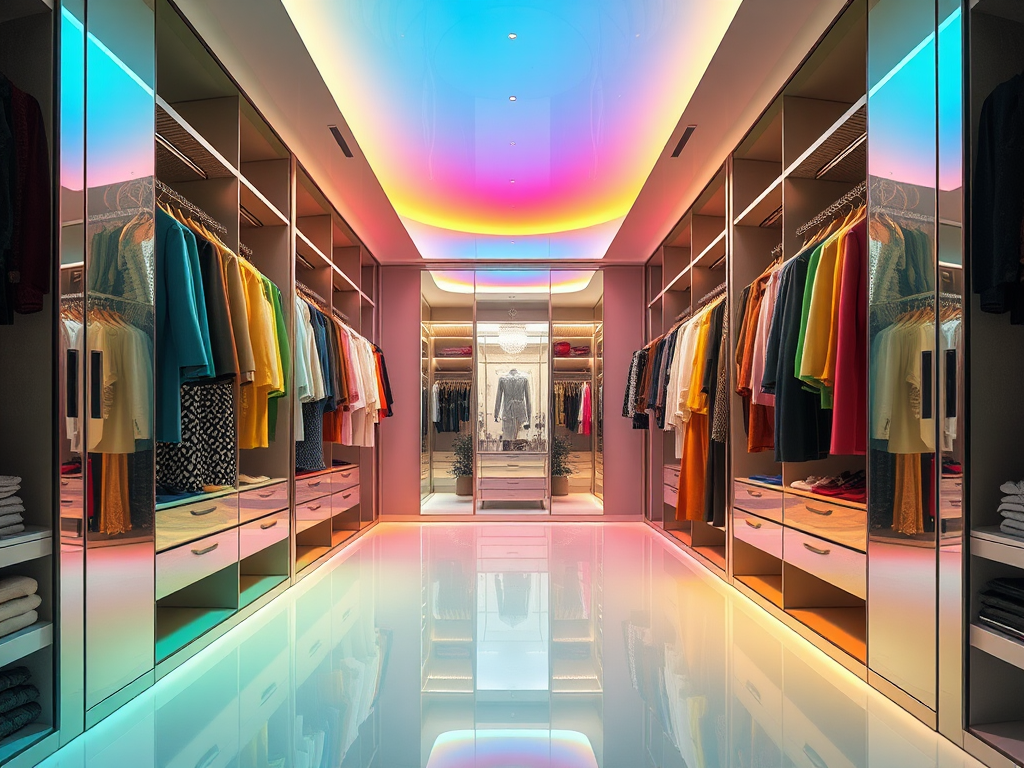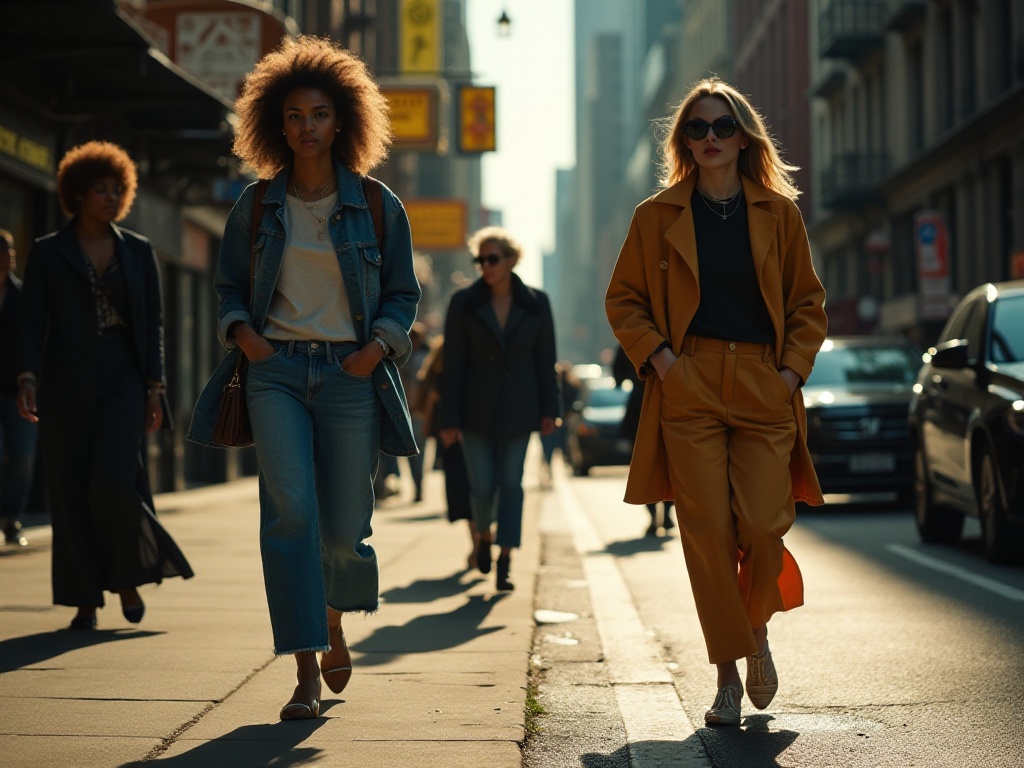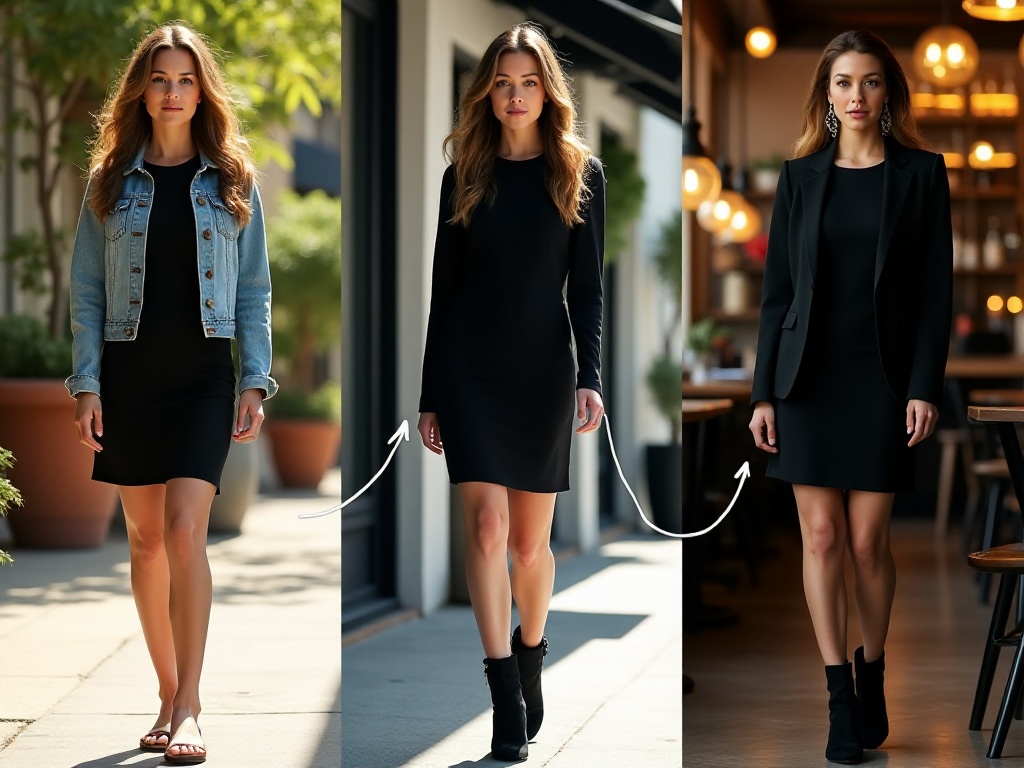Introduction
As someone who used to struggle with choosing even a simple white t-shirt and jeans combination, I truly understand that feeling of standing helplessly in front of your closet every morning. I once spent an entire hour before a date trying on at least ten outfits and almost arrived late. But after years of exploration and learning, I've discovered that there are actually patterns to follow in styling. Today, I'll share some practical styling tips to help you effortlessly create fashionable looks.
The Skin Tone Theory
Have you ever wondered why some colors make you look radiant while others make you appear tired? This actually has a close relationship with our skin undertone. After studying numerous fashion bloggers and magazines, I finally understood this principle.
If you have warm undertones, try colors like olive green and terracotta from the earth tone family. For instance, after discovering I had warm undertones, I bought a terracotta knit sweater and paired it with beige pants, which gave me a warm and elegant look. That day at the coffee shop, someone even came up specifically to ask where I bought my clothes. I still remember the first time I tried this combination, I was surprised to see how good my complexion looked in the mirror.
Not just me, my friend Xiaomei also has warm undertones, and she's recently become obsessed with camel-colored pieces. One day she wore a caramel cashmere coat with a beige knit dress, looking incredibly sophisticated and turning heads on the street. This further confirmed my belief in the importance of matching skin tone with clothing colors.
If you have cool undertones, jewel tones like sapphire and emerald are definitely your friends. I have a friend with typical cool-toned fair skin, and when she puts on a sapphire blue blazer, her presence completely changes. Another time she tried on an emerald velvet dress and stunned everyone at the party. These experiences made me deeply understand how important it is to know your skin undertone for improving your style.
Actually, determining whether you have cool or warm undertones isn't difficult - you can make an initial judgment by observing the color of veins on the inside of your wrist. If your veins appear blue-purple, you likely have cool undertones; if they appear blue-green, you likely have warm undertones. Of course, the most accurate method is to get a professional color analysis from an image consultant.
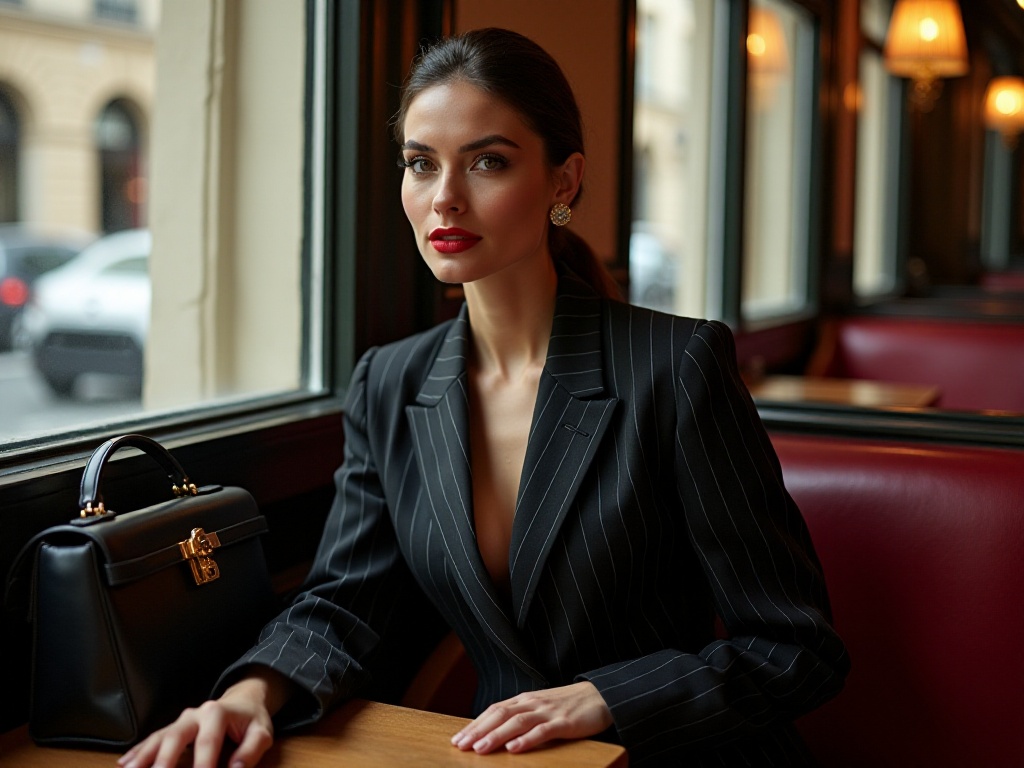
Sophisticated Color Combinations
When it comes to color matching, many people think the brighter the more fashionable, but that's not necessarily true. To create sophisticated looks, subtle color combinations often work better. I used to be a color enthusiast too, always thinking that brighter colors would attract more attention, until I attended an important business meeting and truly understood what sophistication means.
I remember last year when I was preparing for an important occasion, I spent a long time deciding what to wear. Finally, I chose a navy pinstripe suit paired with a light gray shirt, which looked simple yet refined. When I walked into the venue, I received many approving looks, which deepened my understanding of the charm of subtle color combinations. In contrast, a friend at the same event wore a bright yellow jacket which, while eye-catching, didn't look as professional.
Later, I started studying various sophisticated color combinations and discovered some very practical matching methods. For example, pairing different shades of the same color can create a very elegant visual effect. One of my recent favorite combinations is a dark brown wool coat paired with a light camel cashmere sweater and off-white wool wide-leg pants, which looks very harmonious overall.
Another color matching technique I often use is choosing low-saturation versions of complementary colors. Instead of choosing bright red and green, opt for brick red with olive green - this combination has layers while avoiding being too flashy. I have a brick red wool cardigan that I pair with olive straight-leg pants, and it always receives compliments.
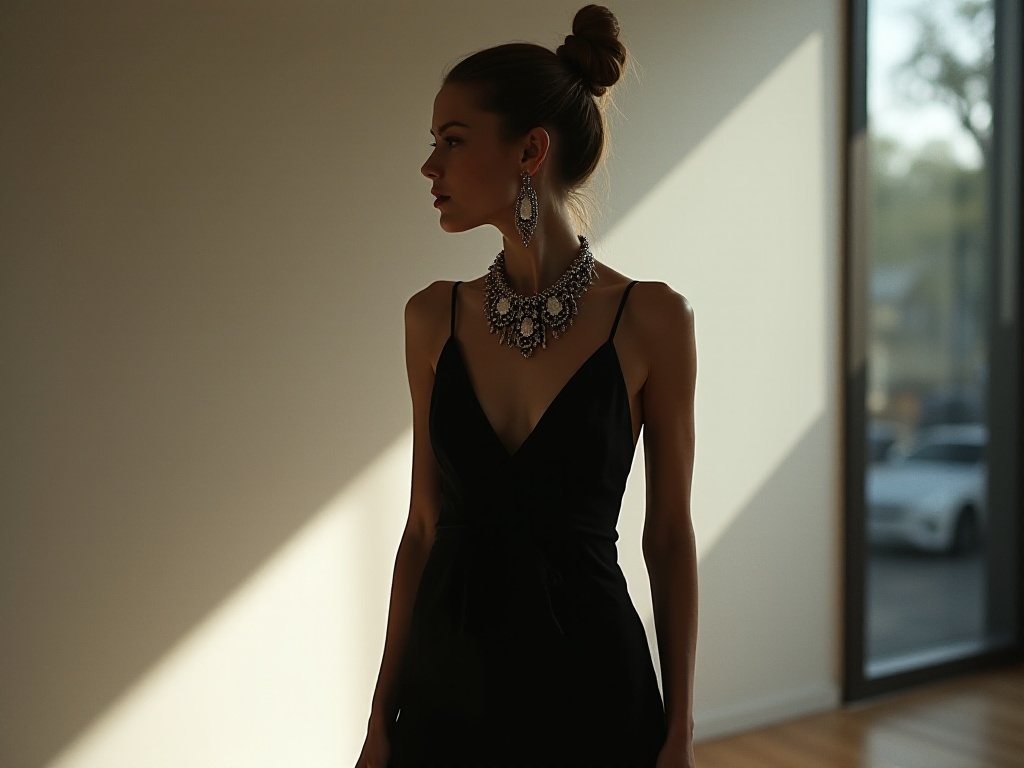
Layering Techniques
To make your overall look more interesting, layering is a very practical technique. I learned this trick from Japanese street fashion, and it's proven increasingly useful. For example, in autumn and winter, I particularly enjoy layering turtleneck sweaters, cardigans, and coats together, which not only keeps me warm but also creates rich visual layers.
Last autumn, I tried a very successful layered combination: a beige turtleneck sweater underneath, a gray wool cardigan in the middle, and a camel long coat on top, paired with black straight-leg pants. The overall look had both texture and layers. This outfit received unanimous praise from my friends, and some even screenshot it to ask for purchase links.
In spring and autumn, I also try layering with lighter fabrics. For example, pairing a white shirt with a light-colored knit vest and adding a flowing trench coat creates a rich overall look without being too warm. I once wore this combination to a friend's birthday party, and many people commented on how refined it looked.
Another small trick is to use a third piece to elevate your outfit. For example, adding a belt to a dress, or adding a scarf to a simple top and jeans combination can make the overall look more interesting. I often use this technique for daily commuting - like adding a thin belt to a basic black dress to make it look more polished.
I have quite a few of these third pieces in my wardrobe, including various styles of belts, scarves, and vests. While these pieces might seem optional, they often help elevate your overall look at crucial moments. I remember attending a friend's wedding wearing a simple black dress, but by adding a pearl belt and silk scarf, the entire look immediately became very elegant.
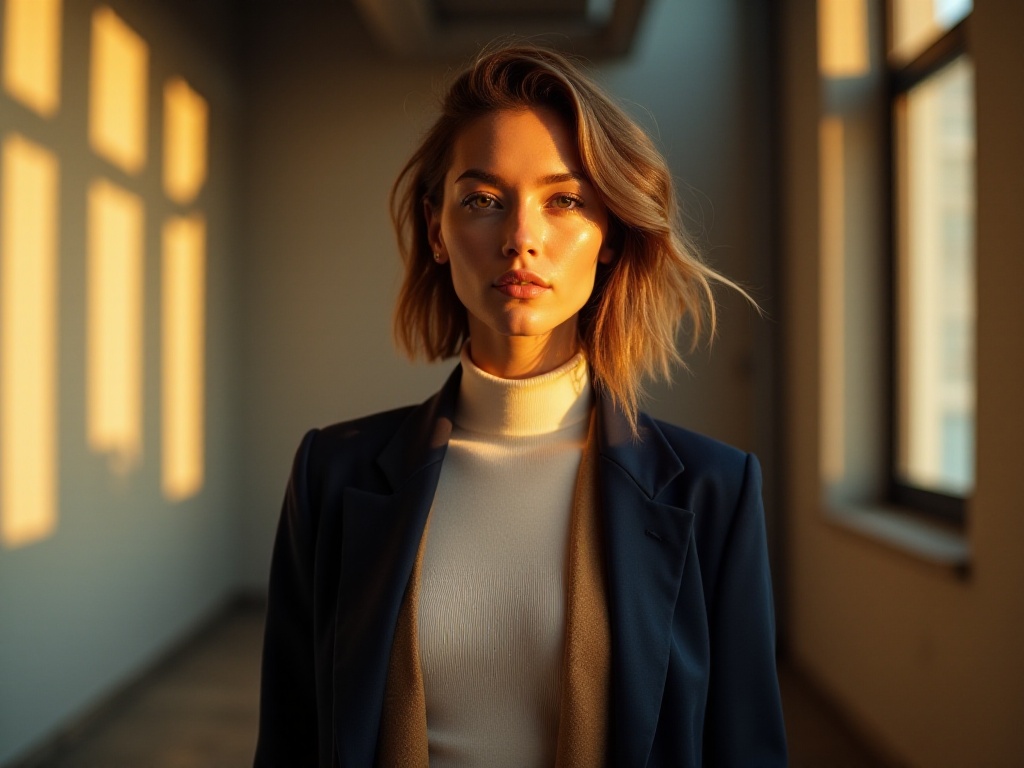
Occasion Transformation Techniques
In this fast-paced era, many people lead dual lives with meetings during the day and social gatherings at night. So how can one outfit adapt to different occasions? This question bothered me for a long time until I mastered some practical transformation techniques.
My most commonly used method is choosing versatile basics and adjusting the style through different accessories. For example, a black dress can look casual and relaxed when paired with flats and a denim jacket during the day, then transform into party-ready attire with high heels and some jewelry at night. I once used this method to go from an afternoon work meeting straight to an evening gathering with friends, only changing my shoes and bag, but the overall impression was completely different.
Besides dresses, suits are also a great choice. I have a beige casual suit that looks relaxed when paired with a white t-shirt and sneakers for work, but can be dressed up with a lace camisole and heels for formal occasions. This suit has become the versatile MVP of my wardrobe.
Speaking of which, I must mention the importance of accessories. The right accessories can really make the same outfit present completely different styles. I have a simple white shirt dress that looks fresh and artistic with flats and a canvas bag, but immediately becomes elegant and fashionable with stilettos and a chain bag. This made me realize that rather than hoarding many clothes, it's better to carefully select some versatile pieces and accessories.
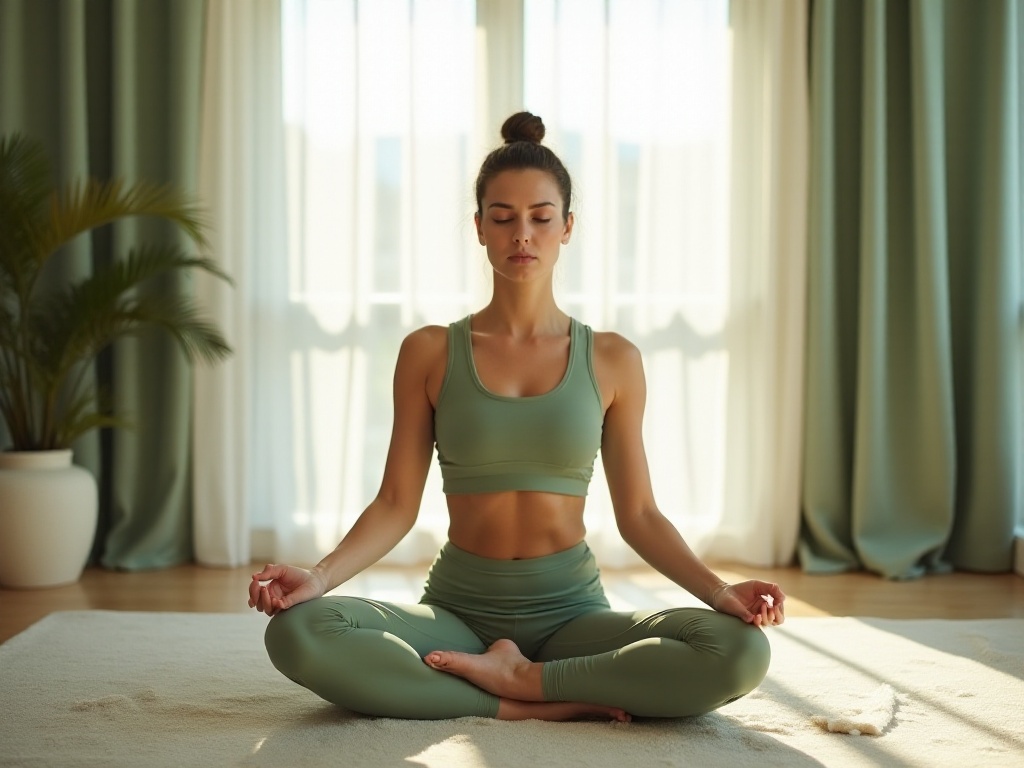
The Magic of Accessories
Speaking of accessories, they're truly magical for elevating an outfit. A plain white t-shirt can become extraordinary when paired with the right necklace and earrings. I increasingly feel that the choice of accessories reflects one's taste more than the clothes themselves.
When I first started working, my understanding of accessories was limited to "as long as it looks good." Until I attended an important business dinner and saw a female executive pair a simple pearl necklace with a basic black dress, looking incredibly elegant. That experience made me start paying attention to accessory choices.
I suggest investing in some versatile quality accessories, like a delicate necklace or a genuine leather bag. Although the initial investment might be higher, it's definitely worth it in the long run. Take my small lambskin bag that I bought two years ago - it's still one of my most frequently used items. Its style is simple and elegant, the leather gets more lustrous with use, and I receive compliments every time I carry it.
When choosing accessories, I have a small trick of ensuring coordination between pieces. For example, if wearing a gold necklace, try to choose other accessories in the gold family for a more harmonious look. I have a favorite accessory combination of a simple gold necklace with matching studs that's appropriate for both work and dates.
Overall Coordination
The most important aspect of styling is the overall effect. From hairstyle and makeup to clothing and shoes, every detail needs to work together. I learned this through countless failed experiences.
For example, if you choose professional attire, your makeup should lean towards polished and neat; if wearing a Bohemian maxi dress, makeup can be more natural and casual. I once made the mistake of wearing casual sportswear with smokey eye makeup, which looked completely incongruous. That experience taught me the importance of overall coordination.
Speaking of hairstyles, they greatly influence the overall look. I've noticed that when I wear straight, neat hair, it suits professional attire better; when my hair is styled in natural waves, it better complements softer dress styles. Now I decide on my hairstyle based on the day's outfit style.
Shoe choice is also crucial. I once made the mistake of wearing sneakers with an elegant dress. Although this combination exists in current trends, it requires skilled styling to pull off. Later, I developed a principle: formal clothes with formal shoes, casual clothes with casual shoes - this way you can't go wrong.
Quality Investment Strategy
If you have a limited budget, I suggest spending money on versatile basics. This advice comes from my early clothing purchase mistakes. Back then, I was always attracted to special pieces that ended up barely worn after purchase.
A well-cut white shirt, a pair of well-fitted black dress pants - these pieces can make your wardrobe work twice as efficiently. I recently bought a slightly expensive white shirt with excellent fabric and tailoring that's comfortable to wear and can be combined with eighty percent of the items in my closet.
When choosing basics, I pay special attention to fabric quality. Good fabrics are comfortable to wear and more durable. For example, although a silk shirt is expensive, its texture and wearing experience far exceed ordinary fabrics, and with proper care, it can last a long time.
My current shopping principle is "quality over quantity." Rather than buying many cheap but average quality clothes, it's better to invest in a few quality pieces. This not only saves money but also makes your overall look more refined.
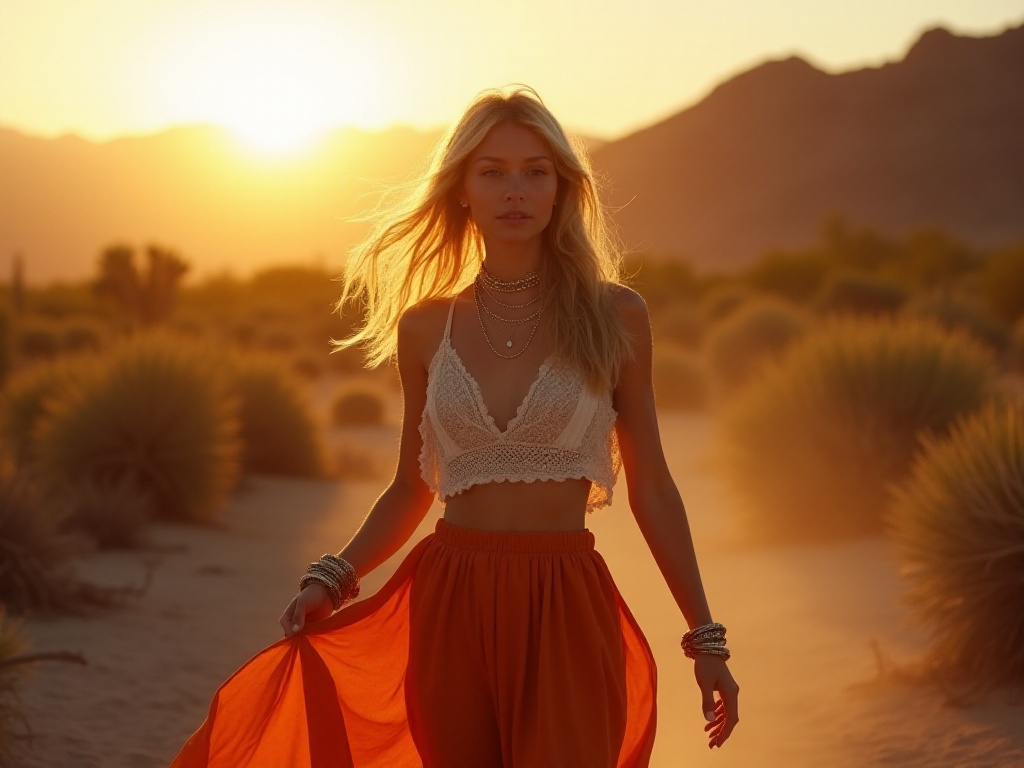
From Experience
Finally, I want to say that the most important thing about dressing is wearing clothes with confidence. This principle seems simple but isn't easy to achieve. I went through a period of blindly following trends, only to find myself uncomfortable in my clothes, which actually affected my state of mind.
Whether it's elegant professional wear or casual Bohemian style, as long as you feel comfortable and at ease, that's the style that suits you best. Finding your suitable style is a process of continuous trial and exploration. I now enjoy this process, trying different combinations, keeping records, and slowly finding the style that suits me best.
I remember when I first started studying fashion, I was overly concerned about others' opinions. Now I'm more willing to try different styles and enjoy the fun that fashion brings. Sometimes a bold combination might bring unexpected pleasant surprises.
Dressing up shouldn't be a burden, but rather a way to express personality. Through years of exploration, I finally found my suitable dressing style, and I hope these experiences can be helpful to you. Fashion is ultimately about making our lives more colorful, not adding unnecessary worries.
Do you find these styling suggestions helpful? Welcome to share your fashion insights in the comments section.





